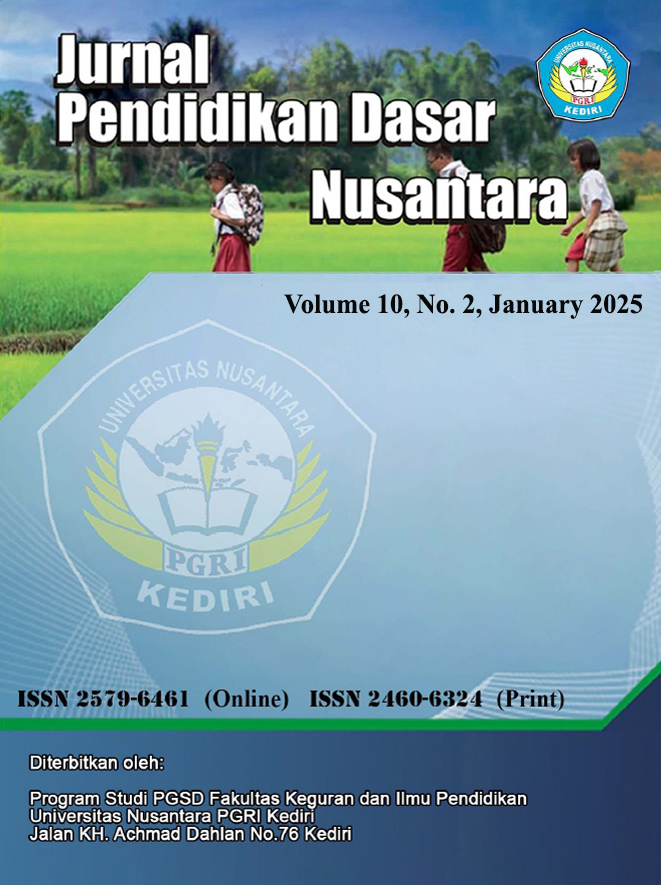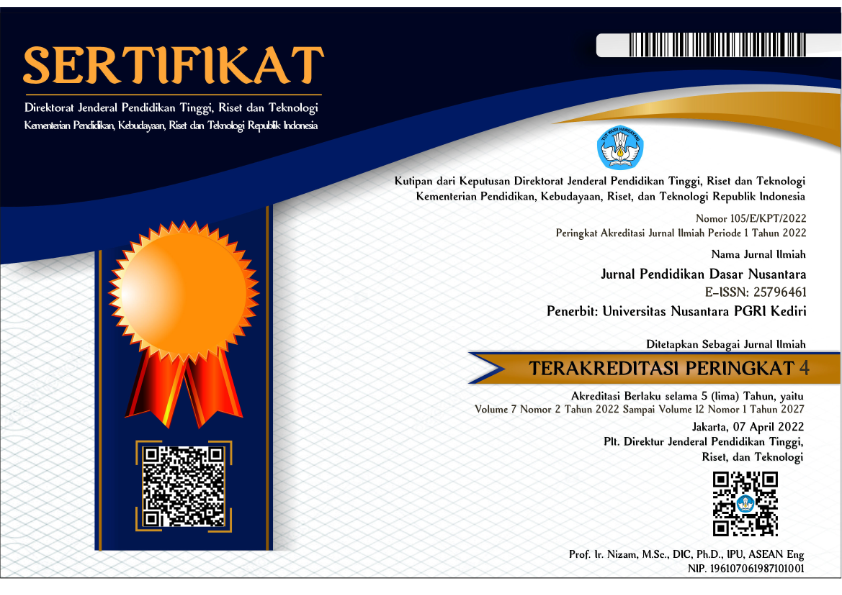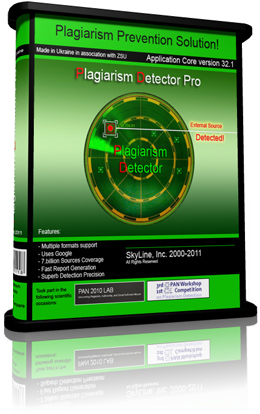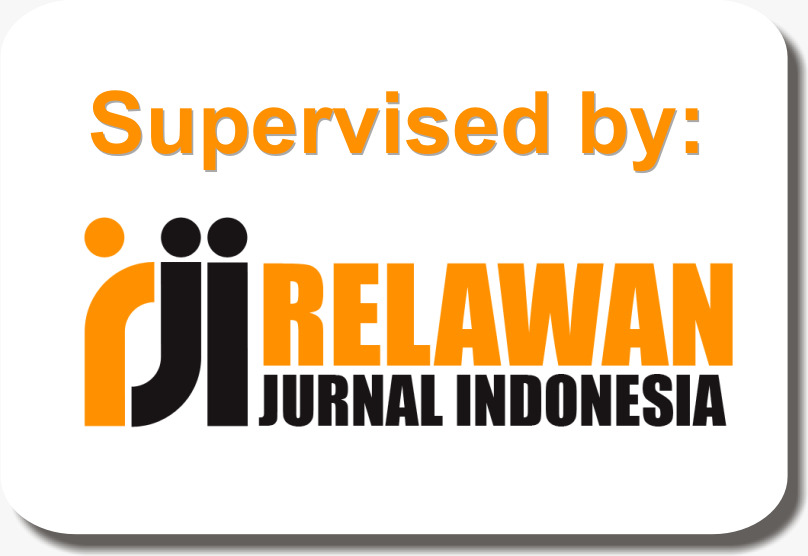Optimization Of Cooperative Learning Model Number Heads Together To Improve Understanding Of Mathematical Sentence Concepts In Grade IV Elementary School Students
DOI:
https://doi.org/10.29407/jpdn.v10i2.24026Keywords:
Cooperative Learning, Number Heads Together, Mathematics Learning, Classroom Action ResearchAbstract
This study uses the Classroom Action Research (CAR) method, which is designed to improve the learning outcomes of fourth-grade students by optimizing cooperative learning using the Number Heads Together (NHT) model in mathematics. The study was conducted in two cycles, where each cycle involved the stages of CAR according to Kemmis and McTaggart, namely planning, implementation, observation, and reflection. This study aims to improve the learning outcomes of fourth-grade students in mathematical sentences and calculations through optimizing Cooperative Learning, especially the Number Heads Together model. Data were collected through observation, documentation, interviews, and tests. The results showed that the application of the Number Heads Together model succeeded in significantly improving student learning outcomes from 58.33% in cycle I and achieving a classical learning completion percentage of 83.33% in cycle II. These results confirm that cooperative learning using the Number Heads Together model has great potential in improving the learning outcomes of fourth-grade students in mathematics. This study is expected to produce innovative contributions in improving the quality of mathematics learning, creating an interactive, collaborative, and effective learning environment.
Downloads
References
Ali, Ismun. (2021). Pembelajaran Kooperatif (Cooperative Learning) Dalam Pengajaran Pendidikan Agama Islam. Jurnal Mubtadiin, 7(1), 247-264.
Alimin Umar & Nurbaya Kaco. (2020). Penelitian Tindakan Kelas: Panduan Pendidik. Jakarta: Ganeca Exact.
Amar, Rahmi Amelia & Dinda Yarshal. (2023). Penerapan Model Cooperative Learning Tipe Time Token Untuk Meningkatkan Kepercayaan Diri Siswa Pada Tema Daerah Tempat Tinggalku Di Kelas IV SD Negeri 101 Bangun Rejo Kecamatan Tanjung Morawa. Jurnal Inovasi Penelitian (JIP), 3(10), 7891-7897.
Asrori & Rusman. (2020). Classroom Action Research: Pengembangan Kompetensi Guru. Jawa Tengah: Pena Persada.
Astutik, Puji & Siti Sri Wulandari. (2021). Analisis Model Pembelajaran Number Head Together Dalam Meningkatkan Keaktifan Siswa. Jurnal Pendidikan Administrasi Perkantoran (JPAP), 9(1), 154-161.
Darman, R. A. (2020). BELAJAR DAN PEMBELAJARAN. Guepedia.
Elvira, Neni Z, D. (2022). Studi Literatur: Motivasi Belajar Siswa dalam Pembelajaran. Jurnal Literasi Pendidikan, 1(2), 350–359.
Haryati, Sri. (2017). Belajar & Pembelajaran Berbasis Cooperative Learning. Magelang: Graha Cendekia.
Hasanah, Zuriatun & Ahmad Shofiyul Himami. (2021). Model Pembelajaran Kooperatif Dalam Menumbuhkan Keaktifan Belajar Siswa. IRSYADUNA: Jurnal Studi Kemahasiswaan, 1(1), 1-13.
Hobri, Susanto, Kristiana, A. I., Fatahillah, A., Waluyo, E., Alfarisi, R., Budi, H. S., & Helmi, M. I. (2022). Buku Panduan Guru Matematika untuk SD/MI Kelas IV. Jakarta: Pusat Perbukuan Badan Standar, Kurikulum, dan Asesmen Pendidikan Kementerian Pendidikan, Kebudayaan, Riset, dan Teknologi.
Mukhtazar. (2020). Prosedur Penelitian Pendidikan. Yogyakarta: Absolute Media.
Purwanto, Eko Sigit. (2023). Penelitian Tindakan Kelas. Purbalingga: Eureka Media Aksara.
Rahman, Sunarti. (2021). Pentingnya Motivasi Belajar Dalam Meningkatkan Hasil Belajar. Journal Pascasarjana Universitas Negeri Gorontalo, November, 289–302.
Rohmanurmeta, Fauzatul Ma’rufah. (2020). Model Pembelajaran Numbered Heads Together (NHT): Pengaruh Terhadap Hasil Belajar Tematik Siswa SD. JP2SD (Jurnal Pemikiran dan Pengembangan Sekolah Dasar), 8(2), 163-169.
Salsabila, Qotrunnada Nur. Meirza Nanda Faradita & Kunti Dian Ayu Afiani. (2023). Analisis Penerapan Model Number Head Together (NHT) Dılıhat Darı Hasıl Belajar Ilmu Pengetahuan Alam dan Sosial (IPAS) Pada Kurikulum Merdeka. Jurnal Ilmiah Mandala Education (JIME), 9(3).
Siahaan, N. A., & Tantu, Y. R. P. (2022). Penerapan Peraturan dan Prosedur Kelas Dalam Membentuk Sikap Disiplin Siswa Kelas 1 Sekolah Dasar. Jurnal Educatio FKIP UNMA, 8(1), 127–133.
Slavin, Robert. (2015). Cooperative Learning: Teori, Riset dan Praktik. (N. Yusron, Terjemahan). Bandung: Nusamedia.
Sugita. (2023). Model Pembelajaran Kooperatif Tipe Numbered Head Together Sebagai Solusi Meningkatkan Hasil Belajar. Praya: Pusat Pengembangan Pendidikan dan Penelitian Indonesia.
Suwito, Rahmat Margo. (2020). Penerapan Model Pembelajaran Number Heads Together Pada Muatan Pelajaran Matematika Tentang Keliling Bangun Datar Dalam Peningkatan Hasil Belajar Peserta Didik SD YPS Singkole. Social, Humanities, and Education Studies (SHEs): Conference Series, 3(3), 2295-2300.
Tim Gakko Tosho. (2021). Belajar Bersama Temanmu Matematika untuk Sekolah Dasar Kelas IV Volume 2. Jakarta: Pusat Kurikulum dan Perbukuan Badan Penelitian dan Pengembangan dan Perbukuan Kementerian Pendidikan, Kebudayaan, Riset, dan Teknologi.
Widiani, Ni Luh. (2021). Model Pembelajaran Numbered Heads Together (NHT) sebagai Upaya untuk Meningkatkan Prestasi Belajar Matematika Siswa Kelas V SD. Journal of Education Action Research: 5(4), 537-541.
Downloads
Published
Issue
Section
License
Copyright (c) 2025 Talitha Alysia Nasywa Anand Anand (Author)

This work is licensed under a Creative Commons Attribution-ShareAlike 4.0 International License.
Authors who publish with this journal agree to the following terms:
- Copyright on any article is retained by the author(s).
- The author grants the journal, the right of first publication with the work simultaneously licensed under a Creative Commons Attribution License that allows others to share the work with an acknowledgment of the work’s authorship and initial publication in this journal.
- Authors are able to enter into separate, additional contractual arrangements for the non-exclusive distribution of the journal’s published version of the work (e.g., post it to an institutional repository or publish it in a book), with an acknowledgment of its initial publication in this journal.
- Authors are permitted and encouraged to post their work online (e.g., in institutional repositories or on their website) prior to and during the submission process, as it can lead to productive exchanges, as well as earlier and greater citation of published work.
- The article and any associated published material is distributed under the Creative Commons Attribution-ShareAlike 4.0 International License
































